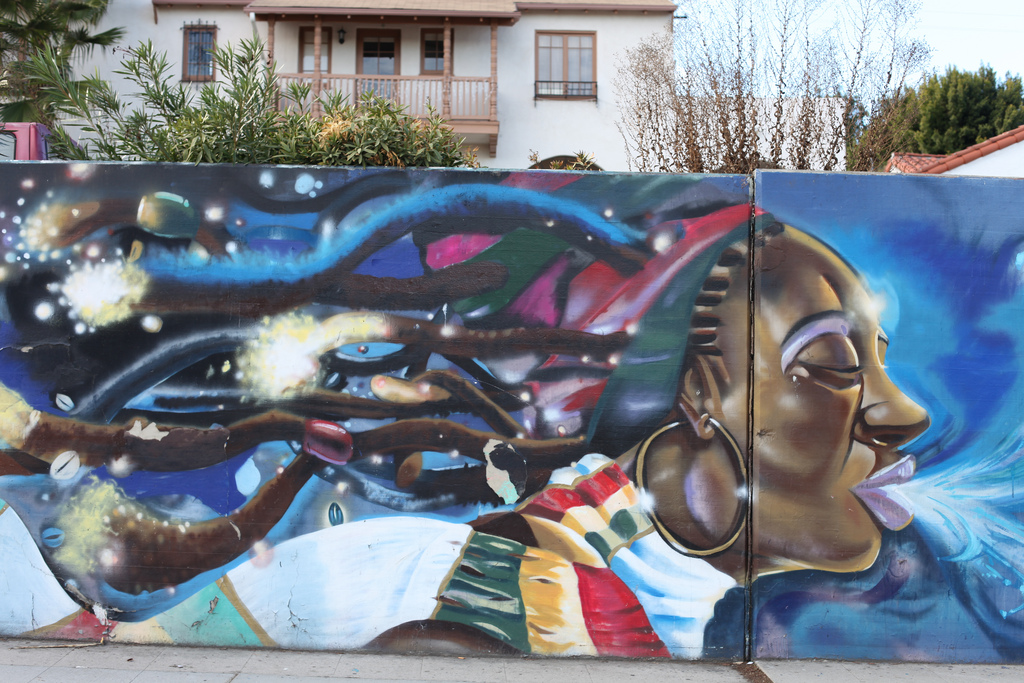
Mural on Crenshaw Blvd. in South LA. View more mural photos on Flickr. | Stephanie Monte
The L.A. City Council decided Tuesday to allow South L.A.’s private, single-family houses to be painted with murals.
The vote — ten approvals with five absences — extends a former provision limited to commercial buildings. It will apply to homes in Districts 1, 9, and 14 — many parts of South and Southeast Los Angeles as well as Boyle Heights and Downtown. (Click to view the City Council reports.)
The council only requests that these private, home murals steer clear of advertisements or other commercial intent.
In the couple of months that the City Council has spent debating the ordinance, little has been heard from the residents of the communities it would affect. We took to the streets to get their input, and discovered that many residents had no idea the extended provision was even on the tables for discussion. Still, they had plenty to share.
Click on photos in the slideshow below to read their thoughts and opinions. Visit Flickr to view Stephanie Monte’s photos of existing murals.
Created with Admarket’s flickrSLiDR.









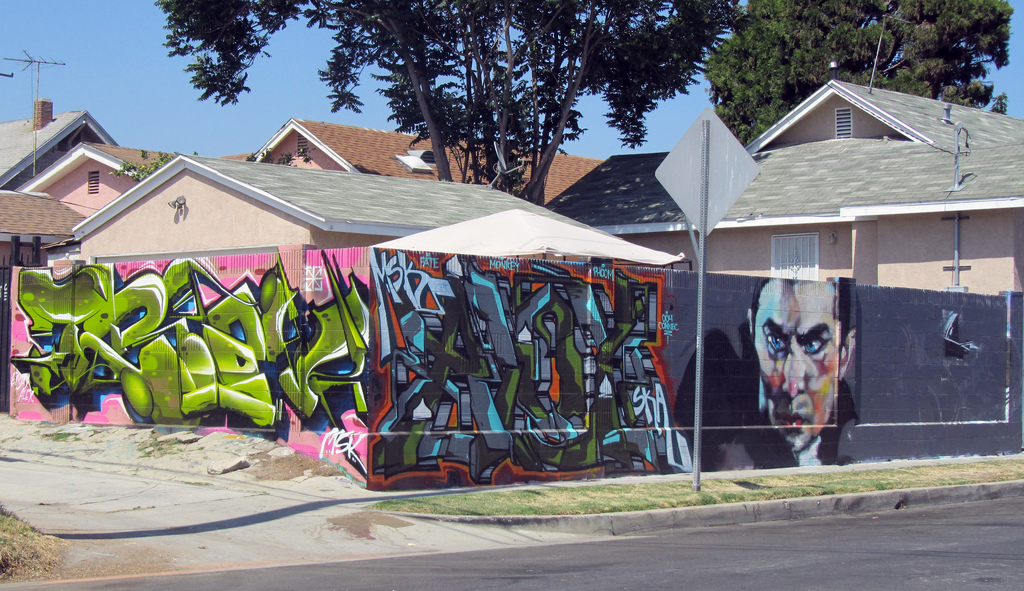
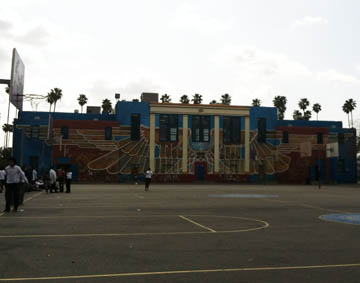 By Samantha Katzman
By Samantha Katzman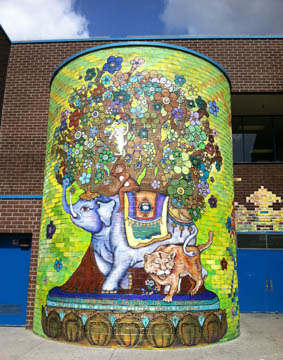 The school’s physical “rehabilitation” started with Schmerelson and Baltazar’s initial contact. At first, the concept was for Baltazar and his partner Melly Trochez to simply renovate the school, but with heavy backlash by taggers and vandals, it was decided that they would create entirely new works for and with the students.
The school’s physical “rehabilitation” started with Schmerelson and Baltazar’s initial contact. At first, the concept was for Baltazar and his partner Melly Trochez to simply renovate the school, but with heavy backlash by taggers and vandals, it was decided that they would create entirely new works for and with the students. 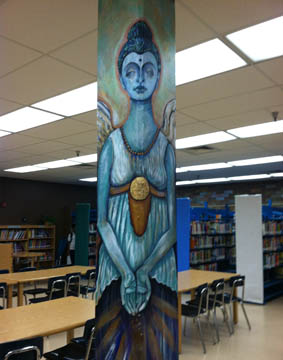 “You don’t want to leave people isolated,” Baltazar said.
“You don’t want to leave people isolated,” Baltazar said. 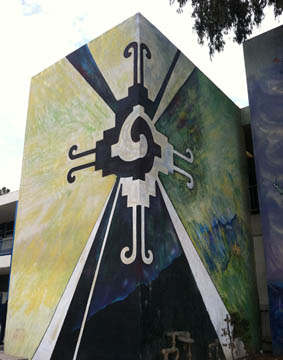 Modernization and improvements to materials, class sizes and class structure has resulted in an increase of 200 points in the Academic Performance Index (API), with scores increasing every year. But Schmerelson didn’t stop there.
Modernization and improvements to materials, class sizes and class structure has resulted in an increase of 200 points in the Academic Performance Index (API), with scores increasing every year. But Schmerelson didn’t stop there. 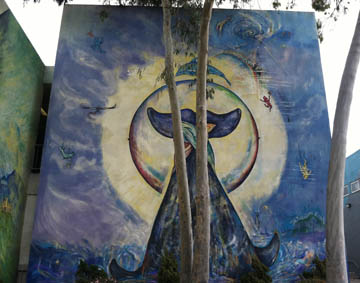 Baltazar was passionate about educating the children about the murals and their meaning so vandalism would not become a huge issue, and for the most part it was a success.
Baltazar was passionate about educating the children about the murals and their meaning so vandalism would not become a huge issue, and for the most part it was a success. 




